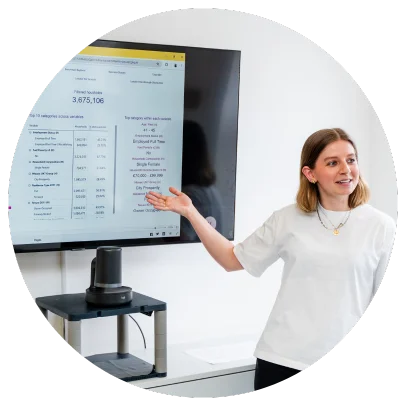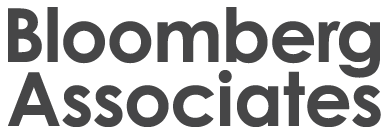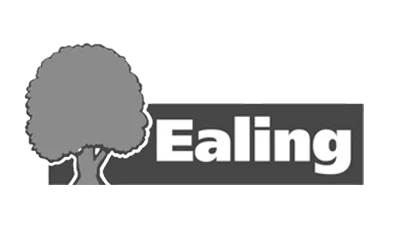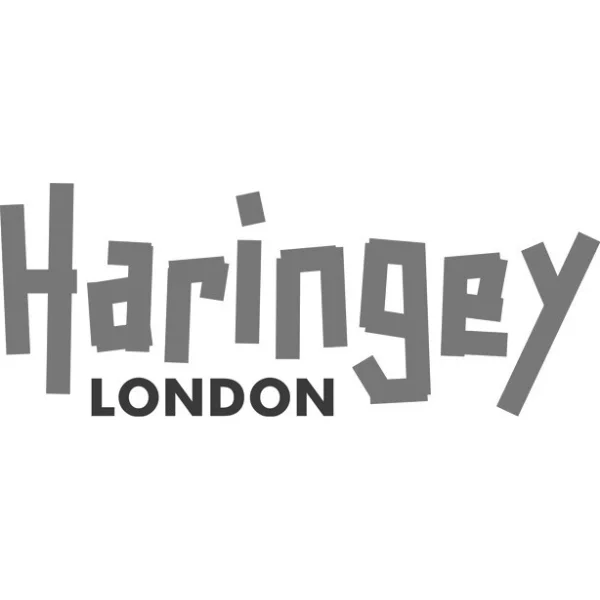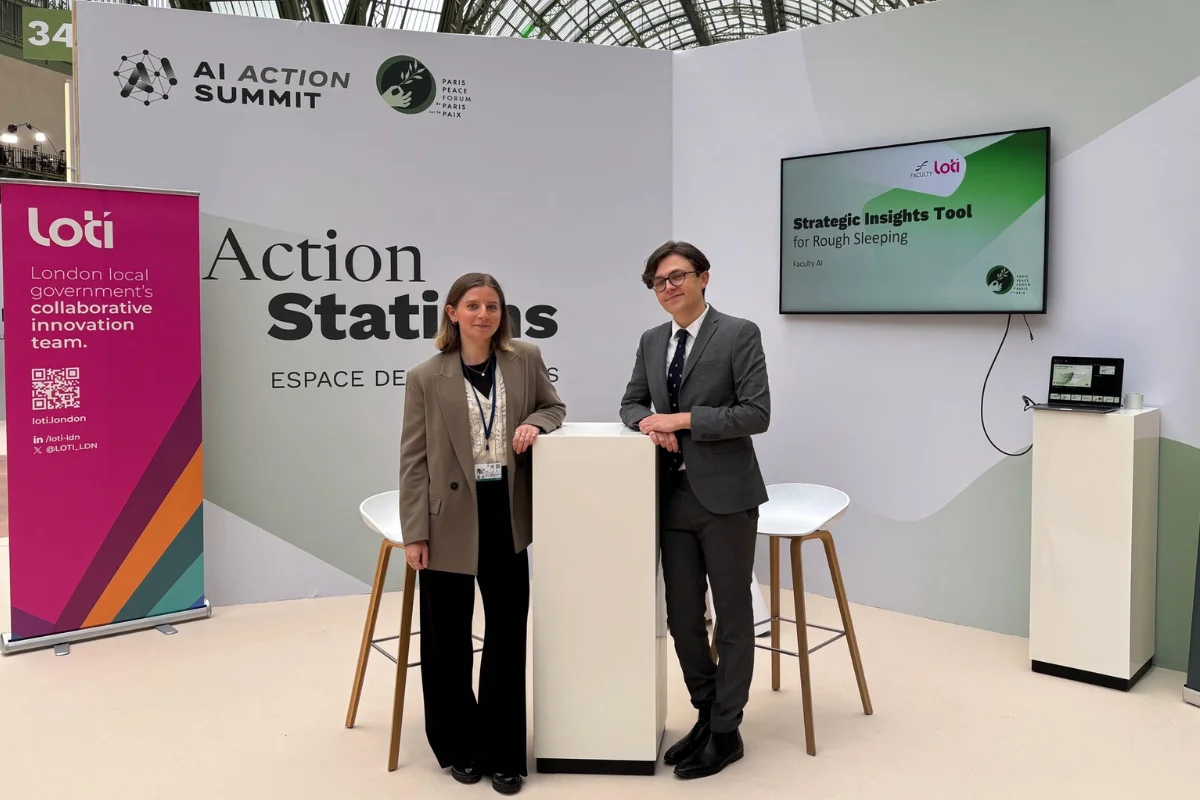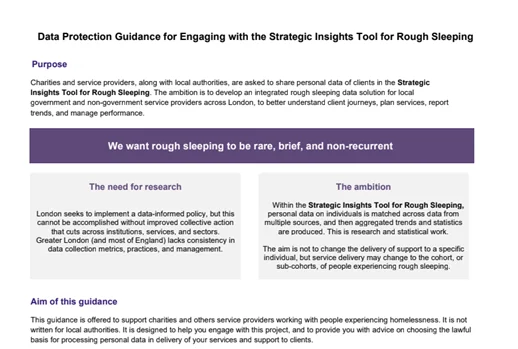Introduction
LOTI, London Councils and the Greater London Authority (GLA), supported by delivery partners including Bloomberg Associates and Faculty AI, collaborated on the design and delivery of the Strategic Insights Tool (SIT) – a data tool designed to help better understand and support homelessness and rough sleeping in London.
Journeys experienced by people sleeping rough are complex. Through interactions with multiple services, information becomes dispersed and it is difficult to understand the full picture of needs and how individuals move through the system as a whole. The SIT was developed in response to these challenges, to identify trends and patterns, measure progress against making rough sleeping rare, brief and non-recurrent, and make key data and insights accessible to strategic decision makers across London local government.
About the Strategic Insights Tool (SIT)
Leveraging machine learning techniques, the SIT ingests, matches and presents data in a way that enables users working on tackling rough sleeping and homelessness in London to have deeper insights into the pathways into rough sleeping and the effectiveness of various interventions. Our aim is that these insights will enable new services to be designed and deployed to support prevention efforts.
The data currently used by the tool is sourced from a number of systems operated by stakeholders in the rough sleeping ecosystem. This includes:
- CHAIN: data collected by outreach workers as individuals are seen bedded down
- In-Form: interactions with accommodation and hostelling service providers
- H-CLIC: data held by local authorities on statutory homelessness applications
Following a detailed discovery phase, an MVP solution was initially developed between June-September 2023 with a pilot group of four boroughs (Camden, Hillingdon, Lambeth and Westminster), and their hostel providers. In February 2024 we completed ‘phase 2’ of the project which saw the roll out of the SIT to all London boroughs and a further selection of homelessness service providers.
Key outcomes
- Measure success in making homelessness rare, brief, non-recurrent.
- Learn what strategies work and inform public policy, service delivery and commissioning.
- Improve understanding of the rough sleeping and wider homeless population, including the complexity of needs and how individuals move between different parts of the system.
- Ensure the proper understanding, full utilisation and linking of solutions and resources.
- Ease and enhance the operation of services, reporting and performance management.
Future of the SIT
Through the SIT we have started to piece together an understanding of how people move between the streets, Local Authority Housing Options services, and accommodation. But we know this is only part of the overall picture. We also want to align with evolving priorities to focus on what it would mean to end homelessness in its widest sense, meaning a desire to ensure better data join up across the different forms of homelessness.
We’re excited about the future of this tool and are now exploring how we can build on the dataset, add new functionality, and experiment with more advanced data science capabilities.
Bringing this data together has also helped to identify some key insights into processes and practices within the sector, gaps in the data, and other system-related challenges. The SIT project group are actively working to address these.

